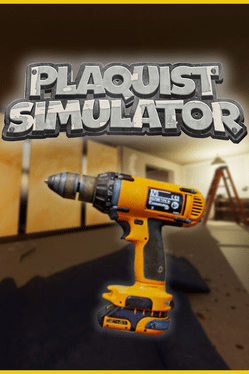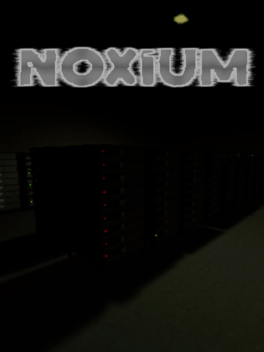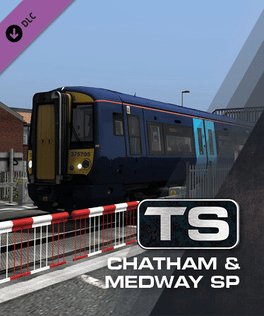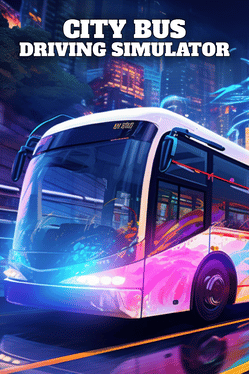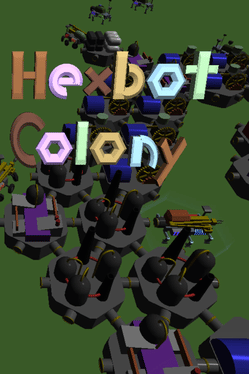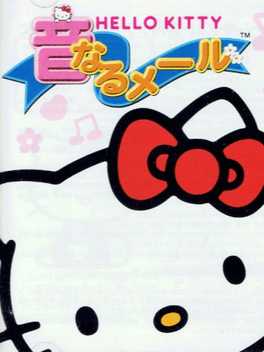Most Popular Simulator Games - Page 155
-
Trainz 2022: Pro Train - F-Series: FAA Container
2023
Combine the tried and tested with the modern! The new FAA container wagons used in the UK bring new colour to your fleet. In addition to various weather options, this trolley provides brand new containers that are compatible with the standard 20ft / 40ft container industry. -
Trainz Plus: Pro Train - F-Series: FAA Container
2023
Combine the tried and tested with the modern! The new FAA container wagons used in the UK bring new colour to your fleet. In addition to various weather options, this trolley provides brand new containers that are compatible with the standard 20ft / 40ft container industry. -
Plaquist Simulator
Plaquist Simulator, a captivating simulation game that immerses players in the demanding world of construction. Undertake the construction of perfect partitions, manage your business, and evolve to become an expert in the field. An immersive experience for construction enthusiasts. -
Noxium
2024
Noxium
2024
Welcome to your new job mining Noxium for a sketchy business. Keep the power on and everything should be fine. -
Zoo Tycoon: RSN Complete Collection
2003
A mod to Zoo Tycoon which adds in a handful of new animals and objects. -
Train Simulator Classic: Chatham & Medway Valley Scenario Pack
2023
Explore the heart of Kentish countryside and take on new challenges across Chatham & Medway Valley with this scenario pack from Suburban Glasgow. -
Dragon Shelter
Dragon Shelter is a farm sim set in a fantasy world. Take on the role of a hero who will revive the long-lost friendship between humans and dragons. Take care of wondrous creatures, explore the magical world, and restore destroyed biomes! -
Hexbot Colony
2024
Hexbot Colony
2024
Build and manage multiple colonies on different planets. Heavy focus on mining and industry, and setting up automated cargo transport between colonies. Also there are mysterious alien drones that will attack you, so you'll need some weapons to fight them off. -
HaremRoid VR
2022
HaremRoid VR
2022
You can interact with up to three characters at once. Create the harem of your dreams! You can place files in the VRM folder to play with any character that you want, even ones not in the game already! Animation, expressions, voice work, arrangement — it’s all up to you! -
Pet City
2012
-
Hello Kitty no 'Otonaru' Mail
2000
Hello Kitty no 'Otonaru' Mail is a Japan-only Hello Kitty Dreamcast game. It has online functions that allow users to communicate with friends by sending mail using Hello Kitty characters. -
Psychiatrist Simulator 2
2023
Take role as Dr. Smith, psychotherapist. Game consists of real people video recordings. Talk with them, treat, learn about psychology. Your choices have consequences, at the end you will see what happened in their life after meeting with you. -
SysOps Saga
2024
SysOps Saga
2024
SysOps Saga is a simulation game that puts you in the shoes of a Site Reliability Engineer (SRE), managing the intricate web of software, security, and hardware to keep digital systems running. Developed by a FAANG veteran, this game offers an immersive and educational experience for IT enthusiasts. -
Neko Atsume Purrfect
2023
Neko Atsume Purrfect
2023
Neko Atsume Purrfect is a cat collecting VR game. Players will be able to collect and interact with VR cats from petting, playing, and more in augmented reality. -
Umurangi Generation VR
2024
Experience the award-winning creative sandbox photography game in VR! Set in Tauranga, Aotearoa off the back of an impending crisis, life is bleak for those living in the city. As a courier for the Tauranga Express who is also an avid photographer, you have the freedom to travel around the city to document the impending doom through the lense of your camera. -
Pets & Stuff
2024
Pets & Stuff
2024
Immerse yourself into the role of a pet groomer at a cute pet clinic. Help adorable, furry friends with all kinds of different treatments. Let your imagination run wild and impress not only your fuzzy customers, but everyone around with a completely renewed, colourful and healthy look. Everyone deserves to be happy, groomed and in style! Cuteness overload and fur everywhere guaranteed! -
Simulator Of A Person Who Is Taking Online Course To Study How To Lose Weight
2024
You will play as a person who is learning how to lose weight in an online course. And all you have to do is learn!

